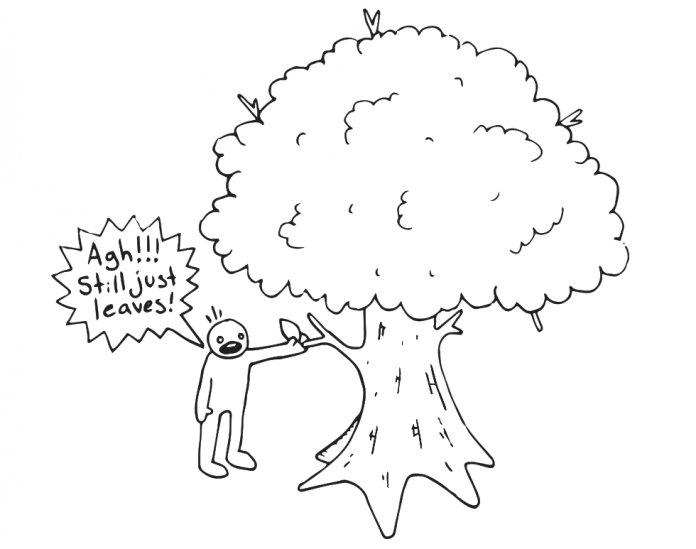This summer could be a turning point in the Abbotsford arts scene. Last week, the Jam in Jubilee arts and music festival maxed out its capacity of 1,300 people while Jordan Klassen was on stage. And that number doesn’t account for those who came and left, who lined up and didn’t feel like waiting 45 minutes, or who wanted to come but didn’t. Clearly there’s a demand for some kind of community arts events.
If the city recognizes that there’s a demand for community arts events, maybe they’ll start putting more into arts and culture. Right now, there doesn’t seem to be a lot of support for community arts and art events.
According to the Parks, Recreation, and Culture 2015 Annual Report, $18,000 was given to the Abbotsford Arts Council that year. This is a city of over 140,000 residents. Prince George, a city of only 74,000, funded their Arts Council $52,000 this year, according to CKPG News. Mission’s population is even less, at 38,833, yet their Arts Council receives $23,500 from the municipality. Abbotsford Parks, Recreation, and Culture, the branch responsible for culture and arts, generally spends around $19 million a year. It would seem that they could slip a bit more into an arts vein.
And while funding of an Arts Council doesn’t necessarily represent how a city treats its arts, it is indicative of what Abbotsford art and culture event planners are up against.
Putting on a massive event like Jam in Jubilee takes a lot of work, that goes without saying. And although the organizers have done a phenomenal job with the small budget they have, growth, something Abbotsford claims to be interested in, doesn’t happen without substantial financial backing.
There’s lots of money in this city, utilizing it responsibly is just a matter of where it goes. This year, the Abbotsford Centre received a $1.1 million subsidy. It’s the lowest subsidy the Centre has gotten. Here we are, maxing out the capacity of an arts festival, but the City needs to shovel out a million dollars to keep its ambitious entertainment centre running.
If the Centre can take a million dollar subsidy, then there’s probably a little more change in the piggy bank for music in the park, art walks, or festivals.
Over the last three years, UFV students have on average paid over $310,000 per year to The Cascade and CIVL Radio. Taking this as arts funding, just attending UFV does more for literary and music arts than the City of Abbotsford’s Parks, Recreation, and Culture. And while they dump money into the Reach Gallery (thankfully), beyond this token of artistic interest, there isn’t much.
The Plan for 200K is part of Abbotsford’s updated official community plan. It will essentially outline how and where the city will grow by the time it reaches 200,000 residents. This comprehensive plan includes transport, transit, zoning, neighbourhood design, industrial land use, public services, etc. Arts and culture is included in this plan, within the Parks, Recreation, and Culture master plan. It’s nearing the end of stage one, “background research,” and will soon enter stage two, “exploring options,” which will look at what kinds of cultural and arts programs people want.
A politician in touch with the community should see that this city wants more funding for arts and culture. But they probably won’t, so if events like Jam in Jubilee tickle your fancy, make it known, ask for it to be included in the community plan.


